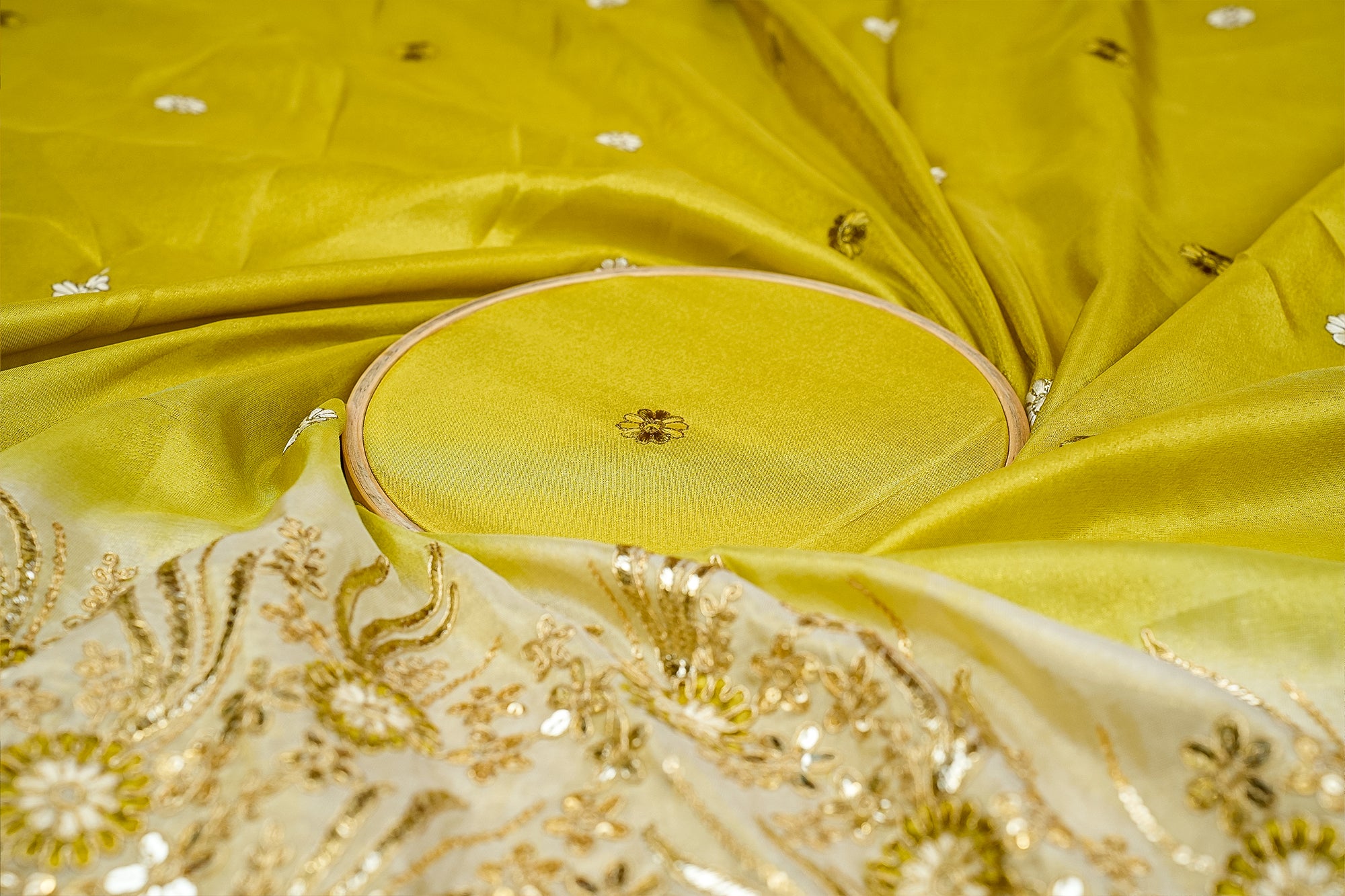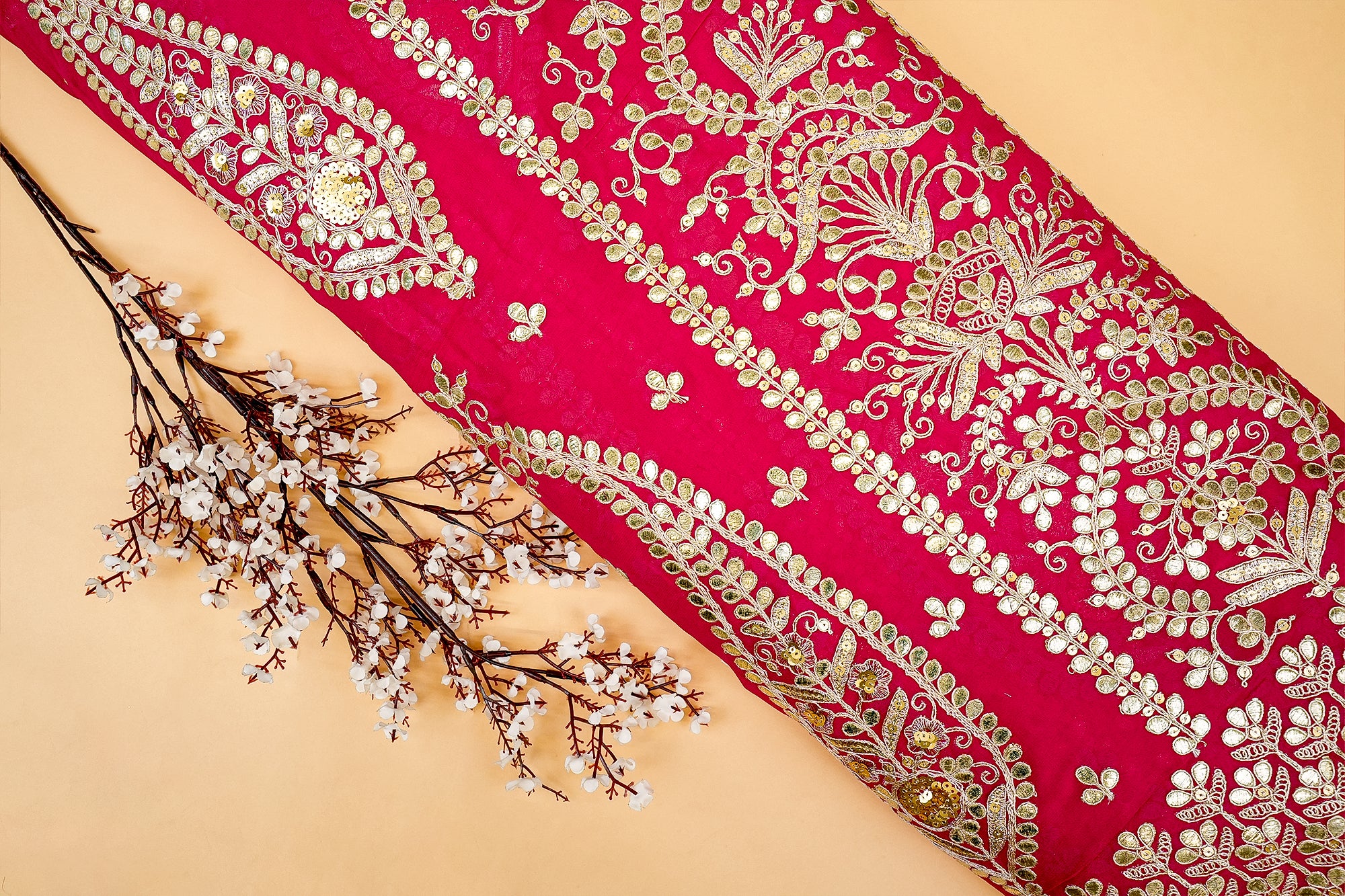
Why Traditional Attires Are More Than Just Clothing: A Cultural Perspective
Traditional attires are more than just pieces of fabric sewn together; they are embodiments of cultural heritage, identity, and history in India. These attires carry stories, symbolise values, and serve as a means of expressing cultural pride and continuity. Across the globe, traditional attire plays a significant role in the lives of many people, acting as a bridge between past and present, individual and community. In this blog, you will get to know why traditional attires are more than just clothing from a cultural perspective.
Get Familiar With Historical Significance
Traditional attires often have deep historical roots in India, representing centuries of cultural evolution. Each garment tells a story of the people who created it, reflecting their way of life, social structures, and historical events.
- Indian Sari: Worn for thousands of years, tracing back to the Indus Valley Civilization.
These garments are not just clothes but tangible links to our ancestors, providing insight into historical customs, beliefs, and practices.
Represents Cultural Identity and Pride
Traditional attires are a powerful expression of cultural identity and pride. Wearing these garments allows individuals to connect with their heritage and showcase their cultural uniqueness.
- Traditional Jewellery: Symbolise cultural identity and community values during weddings and important events.
- Ceremonial Use: Worn during important ceremonies, festivals, and rituals, reinforcing cultural bonds and shared identity.
These occasions provide opportunities for individuals to celebrate their heritage, fostering a sense of belonging and pride.
Gives Meaning and Symbolism
Traditional attires are often rich in symbolism, with every element carrying specific meanings. The colours, patterns, and designs are chosen for their cultural significance. These symbolic elements communicate cultural values, beliefs, and stories, making traditional attire a form of non-verbal communication that transcends generations.
Rich In Artistry and Craftsmanship
The creation of traditional dresses involves intricate craftsmanship and artistic expression. Many traditional garments are handmade using techniques passed down through generations.
These garments are often labour-intensive and require a high level of skill, representing the creativity and ingenuity of the people who make them with Indian craft skills. This adds another layer of cultural significance.
Modern Relevance
While traditional attires are rooted in history, they are not static. Many cultures have adapted their traditional garments to suit contemporary lifestyles while preserving their cultural essence.
- Fusion of Traditional and Modern Fashion: Designers blend traditional elements with modern fashion, creating garments that respect heritage while embracing modernity.
This adaptability ensures that traditional attire remains relevant and continues to be worn by younger generations, introducing it to a global audience and fostering cross-cultural appreciation and understanding.
Preserve Culture And Promote Education
Wearing and promoting traditional attire is a way to preserve cultural heritage and educate others about it. In an increasingly globalised world, where cultural homogenisation is a concern, traditional garments serve as reminders of the diversity and richness of human cultures.
- Passing Down Traditions: Traditional attire provides a way to pass down cultural knowledge and traditions to future generations.
This ensures that these unique aspects of our identities are not lost, celebrating our cultural diversity and preserving our heritage.
Conclusion
Traditional attires in India are far more than just clothing; they are profound expressions of cultural identity, history, and artistry. They carry the weight of generations of tradition, symbolising values, beliefs, and social structures. By wearing and appreciating traditional attire, we celebrate our cultural diversity, preserve our heritage, and foster a deeper understanding of the world's rich tapestry of cultures. These garments are not just threads and fabrics but are the very fabric of our cultural existence.





